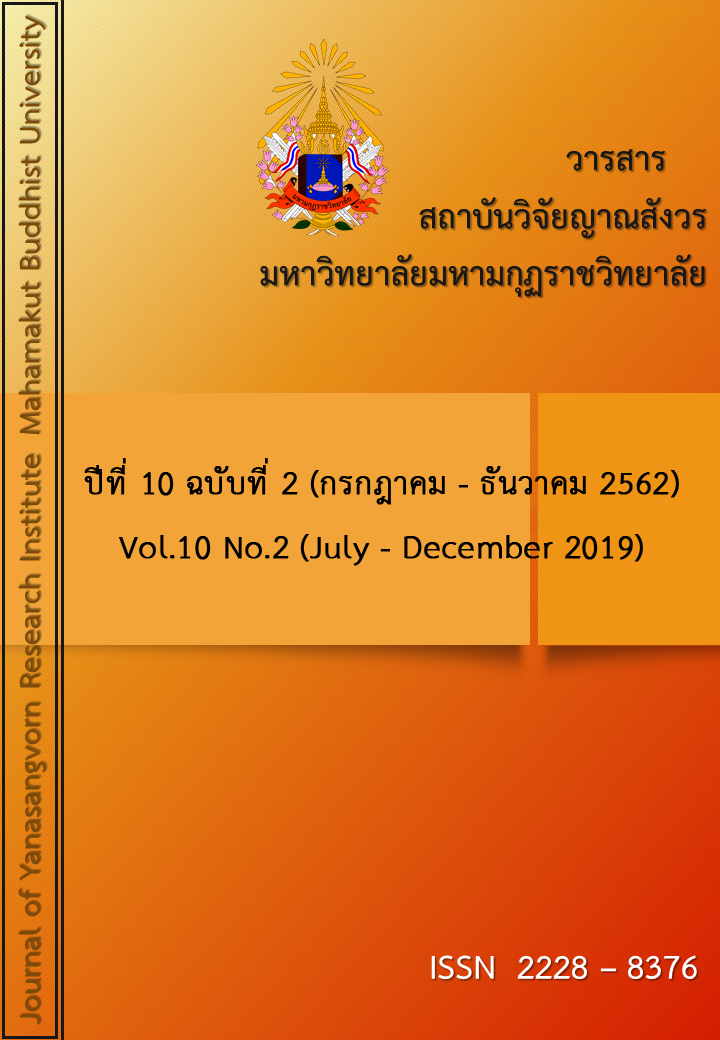CONCEPT AND APPLICATION OF MULTIDIMENSIONAL IRT EQUATING PROCEDURE
Main Article Content
Abstract
Equating is a statistical procedure that transforms scores on scale of a test to scale of another test in order to compare score between the tests correctly. The two main categories of equating methods are classical equating methods and item response theory equating methods. The two method are continually developed in theoretical aspect and applied with real testing and simulation data. When considering the item response theory equating methods that are wildly used, Unidimensional IRT equating methods (UIRT equating methods) were developed at the beginning to transform score between tests measuring one attribute. Efficiency of UIRT equating methods depends on concordance with assumptions of UIRT theory. Later, multidimensional tests were developed and wildly applied, scholars developed multidimensional IRT equating procedures (MIRT Equating Procedures) that conform to the structure of tests measuring multi-attribute. Moreover, the procedures were used in research and applied real testing and simulation data for dichotomous and polytomous items including mixed-format tests
Article Details
References
ศิริชัย กาญจนวาสี. (2555). ทฤษฎีการทดสอบแนวใหม่. พิมพ์ครั้งที่ 2. กรุงเทพมหานคร: โรงพิมพ์แห่งจุฬาลงกรณ์มหาวิทยาลัย.
Brossman, B. G. (2010). Observed score and true score equating procedures for multidimensional item response theory. (Doctor of Philosophy), University of Iowa. Retrieved from http://ir.uiowa.edu/etd/469
Brossman, B. G., & Lee, W.-C. (2013). Observed score and true score equating procedures for multidimensional item response theory. Applied Measurement in Education, 27(3), 159-172. doi: 10.1080/08957347.2014.905785
Holland, P. W. (2007). A framework and history for score linking. In N. J. Dorans, M. Pommerich & P. W. Holland (Eds.), Linking and aligning scores and scales (pp. 5-30). New York: Springer Science+Business Media, LLC.
Kolen, M. J., & Brennan, R. L. (2004). Test Equating, scaling, and linking: methods and practices. In S. E. Fienberg & W. J. v. d. Linden (Series Eds.), S. E. Fienberg & W. J. v. d.
Lee, E. (2013). Equating multidimensional tests under a random groups design: a comparison of various equating procedures. (Doctor of Philosophy), University of Iowa. Retrieved from http://ir.uiowa.edu/etd/5011
Lee, W.-C., & Brossman, B. G. (2012). Observed score equating for mixed-format tests using a simple-structure multidimensional IRT framework. Center for Advanced Studies in Measurement and Assessment (CASMA), 2(2.2), 115-142.
Peterson, J. L. (2014). Multidimensional item response theory observed score equating methods for mixed-format tests. (Doctor of Philosophy), The University of Iowa.
Zhang, J., & Stout, W. (1999). Conditional covariance structure of generalized compensatory multidimensional items. Psychometrika, 64(2), 129-152.
Zhang, O. (2012). Observed score and true score equating for multidimensional item response theory under nonequivalent group anchor test design. (The Degree of Doctor of Philosophy), University of Florida.


